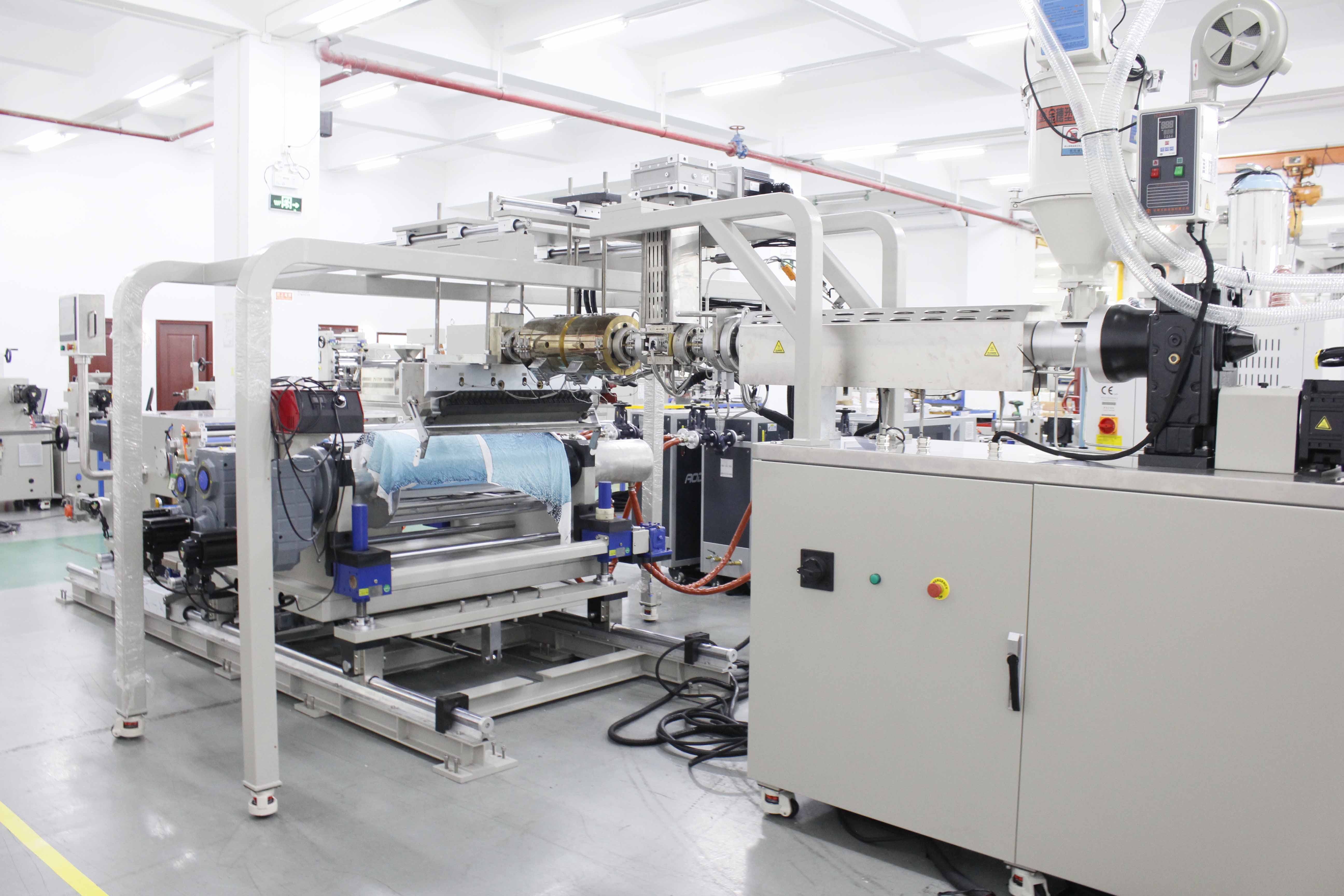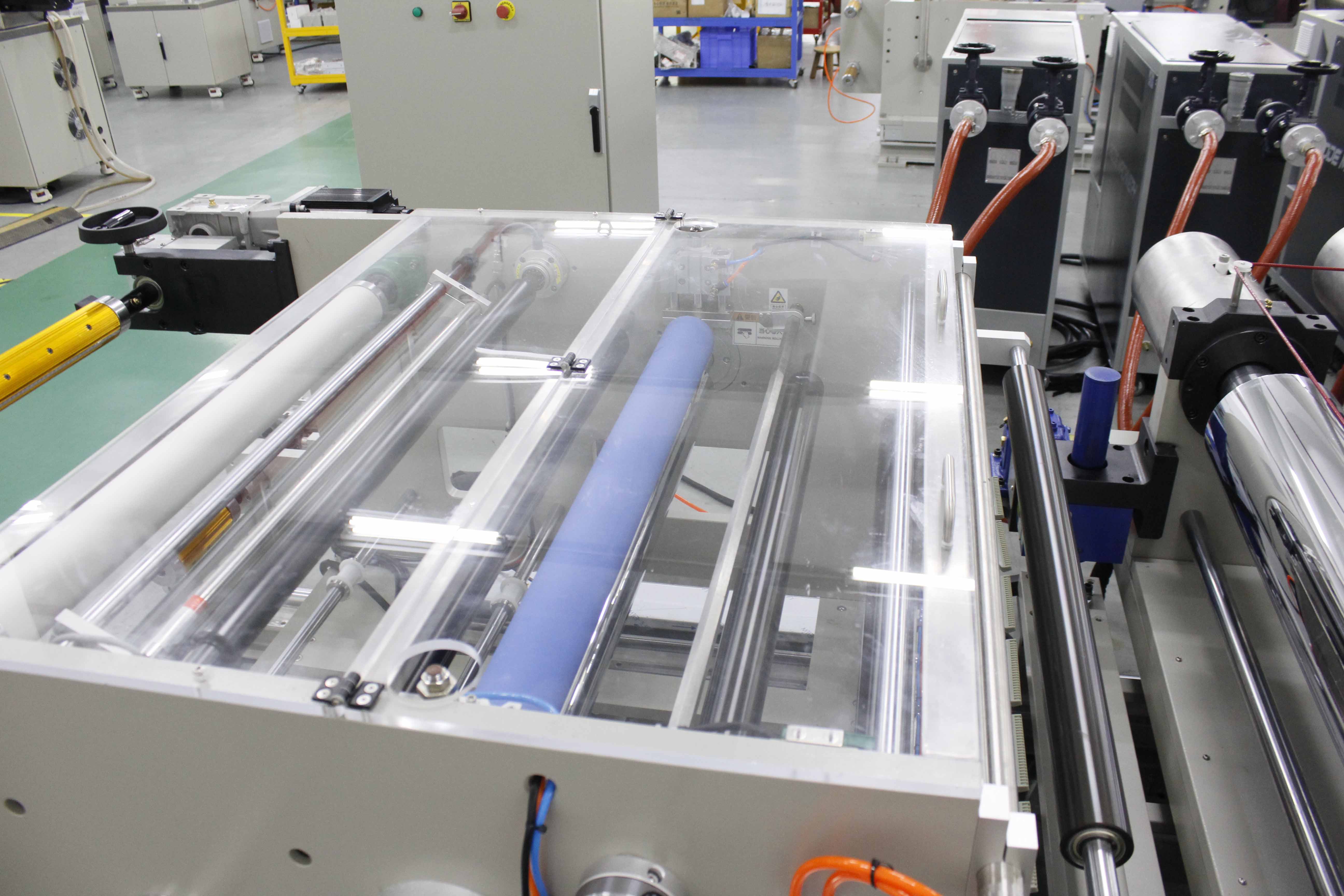Barrier Properties Of PVDC Films
1 Factors Affecting The Barrier Properties Of PVDC Films
1.1 Plasticizer
When processing PVDC resin, plasticizers such as epoxidized soybean oil, n-butyl sebacate and tributyl citrate are usually added. When copolymers are manufactured or modified, the added plasticizer will increase the polymer chain and reduce the barrier properties. The solubility coefficient and diffusion coefficient are the main factors affecting PVDC resin. A low solubility coefficient indicates that only some molecules can diffuse within a certain period of time; a low diffusion coefficient indicates that it is more difficult for mobile molecules to pass through the copolymer matrix. When the amount of liquid additives is changed, the diffusion coefficient will also change greatly, but the solubility coefficient will change very little. When the amount of liquid additives used is increased, the molecular penetration of PVDC polymer will increase exponentially. It can be seen from the change curve of plasticizer dosage and PVDC resin barrier properties that at 25 ° C, when the mass fraction of n-butyl sebacate is increased by 1.5%, the molecular penetration of PVDC resin will increase by 1 times.
1.2 Modification additives
When processing PVDC resin, additives such as ethylene-acrylic acid copolymer and ethylene-vinyl acetate copolymer are also added to reduce the generation rate of carbonization points and crystal points and improve the sealing and flexibility of the film. Ethylene-vinyl acetate copolymer usually uses vinyl acetate varieties with a relative molecular mass of 10×103, a mass fraction of 25%, and a melt index of 5 to 8. This type of processing aid has a large relative molecular mass, not only has poor barrier properties itself, but also reduces the crystallinity of the resin and reduces the barrier properties of the film. Therefore, during the processing, the amount of additives added should be scientifically adjusted. Under normal circumstances, it should be controlled at about 0.3% to 5% of the mass of the PVDC resin.
1.3 Polymerization temperature
The polymerization temperature will affect the distribution, sequence structure and relative molecular weight of PVDC resin. During the polymerization process, when the polymerization temperature is increased, the relative molecular weight of PVDC polymer resin will decrease. During the free radical polymerization reaction, the average relative molecular weight of the polymer is negatively correlated with the polymerization temperature. The increase in polymerization temperature will make the relative molecular weight distribution of the resin wider, thereby reducing the barrier properties and strength of the resin. Although low-temperature polymerization can overcome the defect of reduced molecular weight, its polymerization efficiency is relatively low, which is not conducive to improving the economic efficiency of production. In the actual processing and manufacturing process, the non-heating polymerization process is selected, and the heating polymerization temperature is usually controlled in the range of 30 to 80 °C.
2 Analysis Of Barrier Properties Of PVDC Films
2.1 Moisture permeability of PVDC film
A key indicator for evaluating the protective performance of packaging materials for contents is the moisture permeability of packaging materials. In industrial production, high moisture barrier packaging materials usually refer to film materials with a moisture permeability of about 5 g/(m2·24 h) and a thickness of about 25 μm; moisture barrier film materials refer to film materials with a moisture permeability of 5 to 20 g/(m2·24 h); low moisture barrier packaging materials refer to film materials with a moisture permeability of more than 20 g/(m2·24 h). The moisture permeability of PVDC film with a thickness of about 40 μm is usually around 3.5 g/(m2·24 h), which is a high moisture barrier packaging material. The moisture barrier properties of the material itself can provide effective moisture barrier protection for the contents, and PVDC can be added to the packaging to improve the moisture barrier properties of the packaging.
2.2 Air permeability of PVDC film
Molecular diffusion is the main mechanism of gas influence on materials, that is, under high pressure conditions, gas molecules will dissolve into the material and diffuse from the high concentration area of the material to the low concentration area until they are completely desorbed on the low pressure side. Therefore, the solubility and diffusion properties of the gas in the material mainly depend on the permeability of the gas to the material. The oxygen permeability of PVDC film with a thickness of about 40 μm is usually less than 15 cm3/(m2·24 h·atm), so it has excellent gas barrier properties.
2.3 Barrier properties of PVDC films
The barrier property of a film refers to the barrier performance of the film material to small molecule water vapor, liquids, fragrances and gases. The permeability coefficient is a basic indicator for evaluating the barrier performance of plastics. The smaller the barrier coefficient of a film, the stronger its barrier performance. The barrier polymers currently referred to in the industry usually refer to copolymers with an oxygen permeability coefficient below 3.8 cm3·mm/(m2·24 h·MPa), which can meet a variety of industrial production and packaging needs. The oxygen permeability coefficient of PVDC polymer is 1.2 cm3·mm/(m2·24 h·MPa), which can fully meet the requirements of barrier polymers for oxygen and carbon dioxide gas barriers.
2.4 High temperature resistance of PVDC film
During the food sterilization process, the pressure and temperature in the sterilization kettle are usually relatively high, and the packaging bags need to be sprayed and soaked with water several times before packaging. The use of films with poor moisture permeability often causes food to spoil. At the same time, as the adhesion strength and barrier properties of the film material's evaporation layer decrease, the degree of spoilage of the contents will be further aggravated. PVDC film has strong high temperature resistance and barrier properties. It can still maintain high barrier properties after high temperature sterilization, and is suitable for all types of food packaging, especially microwave food packaging.
2.5 Barrier stability under different environmental conditions
Compared with EVOH and PAN, PVDC has little change in barrier properties under different environmental humidity conditions. Even in high humidity environments and regions with more rainy weather, PVDC film can still maintain strong barrier properties. In addition, when packaging high-moisture food, PVDC film not only does not absorb moisture, but also maintains stable barrier properties, allowing the packaged goods to be stored for a long time.
https://www.potop-polymer.com/lab-extruder/small-tpu-sheet-co-extrusion-equipment-and.html




